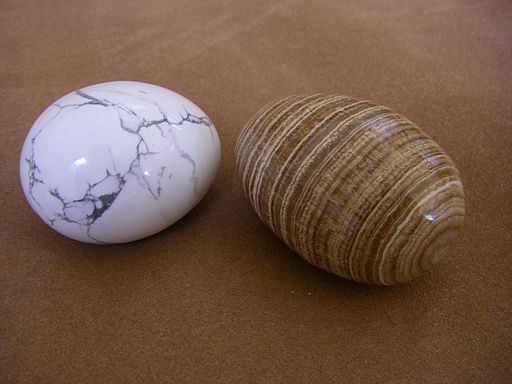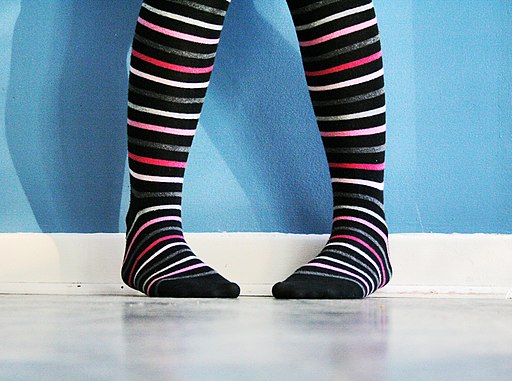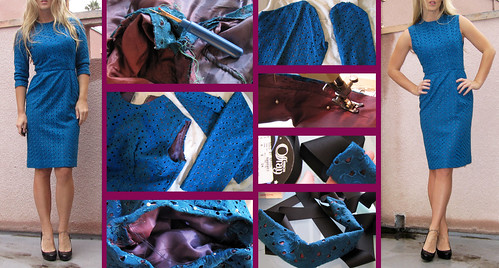Following on from what to do with a single ugly sock, today we have what to do with a matching pair of much-loved or simply useful socks which have holes in them: Darning. More traditional than ‘wocksidermy but less dramatic.
In honour of Lost Sock Memorial Day (May 9th) I decided to finally get around to darning my out-of-action bed/boot socks. (One of the downsides of having small feet is having to wear thick socks to make your boots fit – I refuse to wear children’s boots. The other downside is the pascals.)
Darning is a grand old tradition in the spirit of “use it up, wear it out, make it do, or do without” – or possibly the spirit of “I spent ages knitting those socks, I’m not going to get rid of them just because there’s a worn bit!” (Full disclosure: these particular socks are machine-made; there hasn’t been enough time for me to wear out a pair since I finally learned how to knit them.)
I was, however, somewhat hampered by not having one of these:
They’re stone darning eggs (although I suspect the one on the right of having at some point in history been part of a tree). I don’t have a darning mushroom, either, although most of the ones I’ve come across seem suited for Big Manly Feet – i.e. would stretch my socks out of all proportion.
The Internet contains a variety of suggestions as to what one could substitute for a darning egg or mushroom. These include a baseball bat (don’t have one), a lightbulb (don’t have the nerve), a lemon (don’t really need a sewn-in deodorizer that size) or a plastic Easter egg (what’s the point of an Easter egg that isn’t made of chocolate?).
So instead of an egg, I used an egg timer in the shape of a chicken. Darning is one of the few areas in which I think we can be certain the egg came before the chicken. Darning aside, I usually fall on the chicken side of the debate, because if the egg came first, who would incubate it?
I used two different sorts of darning – one traditional, one not – but I will spare you the sight of the results. There’s enough ugliness in the world as it is. Instead, have a gratuitous cat picture.
Well, not quite gratuitous – this is a leading cause of a) missing sock syndrome and b) holes in socks, after all.
On the sock which actually had a hole in it, I used the traditional cross-hatching darn, something like this:

Not that neat and tidy, obviously, particularly considering I was using it on a knitted item.
Verdict: time-consuming and boring to do, but durable and uses relatively little yarn. Also less obvious as a mend – assuming you use a yarn that matches (I didn’t).
I had seen a mention somewhere of a crocheted darn for socks which doubles as reinforcement. I can’t crochet (yet) so on the other sock, which was merely working up to having a hole, I did a running stitch around the worn patch and then used that as a base for blanket stitch. Around and around I went until the stitches were close enough to meet.
Verdict: uses a lot of yarn, but less time than traditional darning. More fun to do but, I suspect, less durable. Also it’s hard to hide what appears to be a very dense spiderweb slowly devouring your foot (especially if, like me, you use a contrasting yarn).
So there you have it. Go forth and love thy socks, single or paired, and don’t let a lack of actual knowledge, skill or practice put you off doing a mend on a much-loved pair you aren’t ready to let go of yet.






